Today we are going to talk about preventative maintenance of your HPA system.
There are some expressions that we hear all the time and most are cliches at this point. One that fits this conversation is the “Out of sight out of mind” cliché. When it comes to operational maintenance there are varying degrees of maintenance, and each is dependent on how critical that maintenance is to keep the mechanism functioning and operating as the designer intended.
There are some folks that use a very basic visual flyover and if there are no fluids dripping or parts that have fallen off the equipment on the ground, it’s good to go. This cursory approach is ok for some simple mechanical devices like external pully or gear systems. High-Pressure Air (HPA) systems are not that type of low maintenance system.

Tanks, hoses, compressors, filters, and other parts that make up the HPA system, require regular maintenance and visual inspection.
Today there are so many affordable personal compressors available all of which have varying degrees of quality materials used in their construction, and because there is no way of knowing what materials are used, regular visual inspection is critical.
Most if not all these little compressors follow a similar design characteristic and that is a smaller and smaller footprint. This small portable design means they all suffer from the same issue and that is inadequate water/oil separation systems.
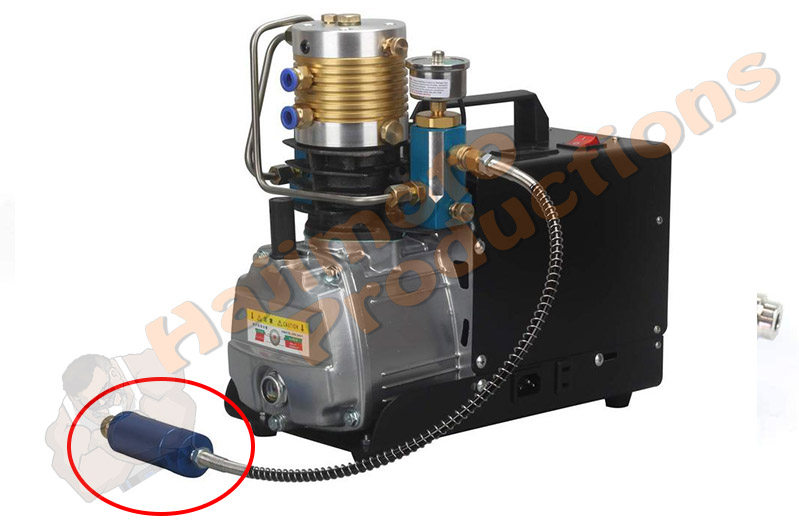
Proper water and oil separation need surface area and volume to cool, condense and separate. If there is not a dedicated quality filter/separator employed in an HPA fill source, major damage will occur to tanks as well as your precious air rifle and, in some cases, you!
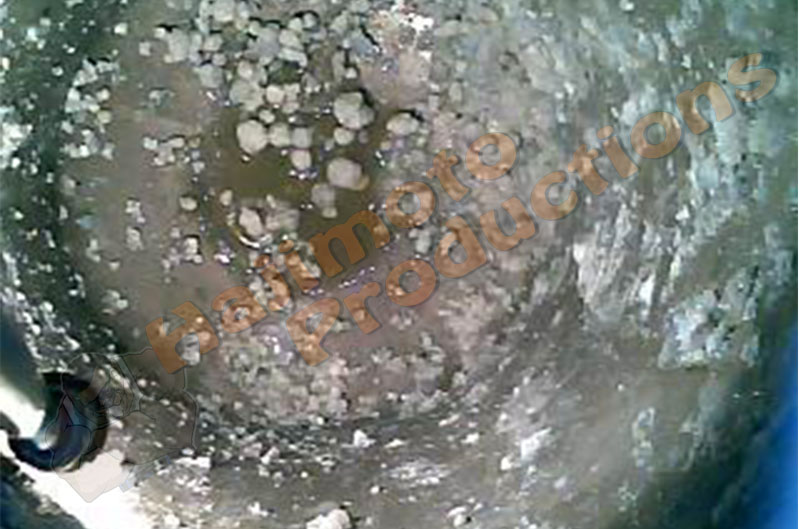
Most folks see the small canister-type filter at the end of the fill whip and think that is enough. While something is better than nothing, that small device is only going to stop some moisture, oil, and large particulate but it will not be able to properly remove large amounts of water and oils from the air. There simply is not enough volume or surface area to properly condense the hot wet air and allow it to collect and separate in a properly designed chamber.

What happens is the warm air loaded with water vapor reaches the pressure vessel either your fill tank or your rifle’s air storage vessel and cools down. When it cools down, condensation takes place and all the internal surfaces of your tank or worse, your PCP becomes wet and starts to corrode.
Here are actual photos of what the inside of a customer regulator looked like after being exposed to water and corrosion. Keep in mind that that crap was being pushed into his air rifle which ultimately cause it to fail.
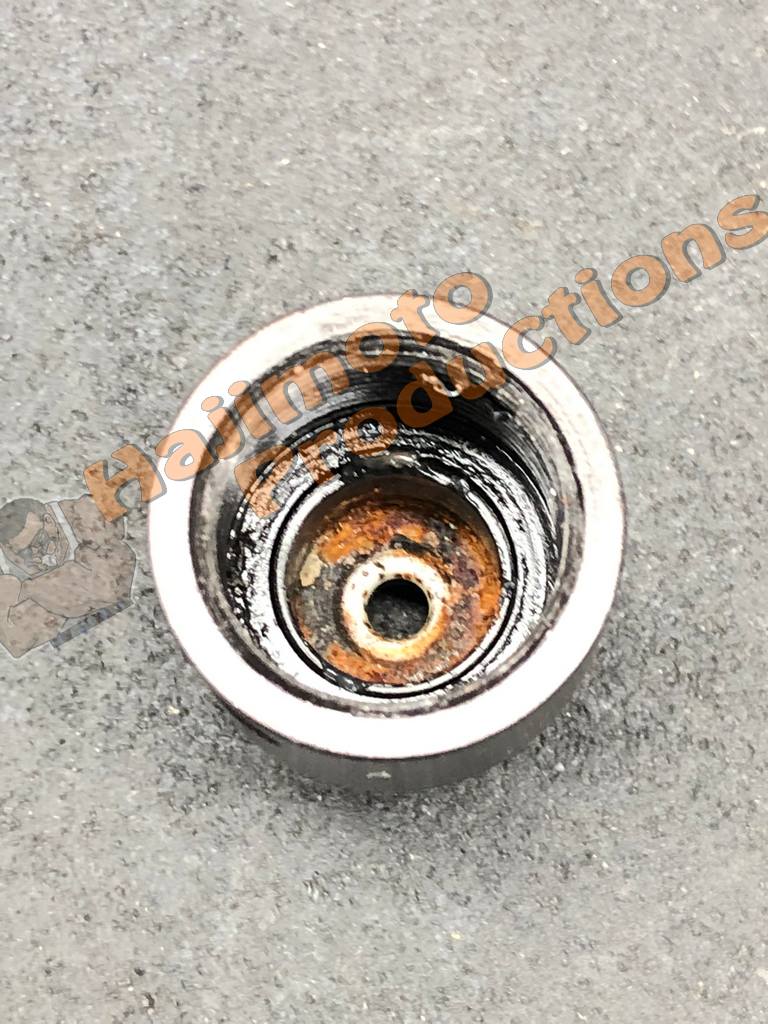
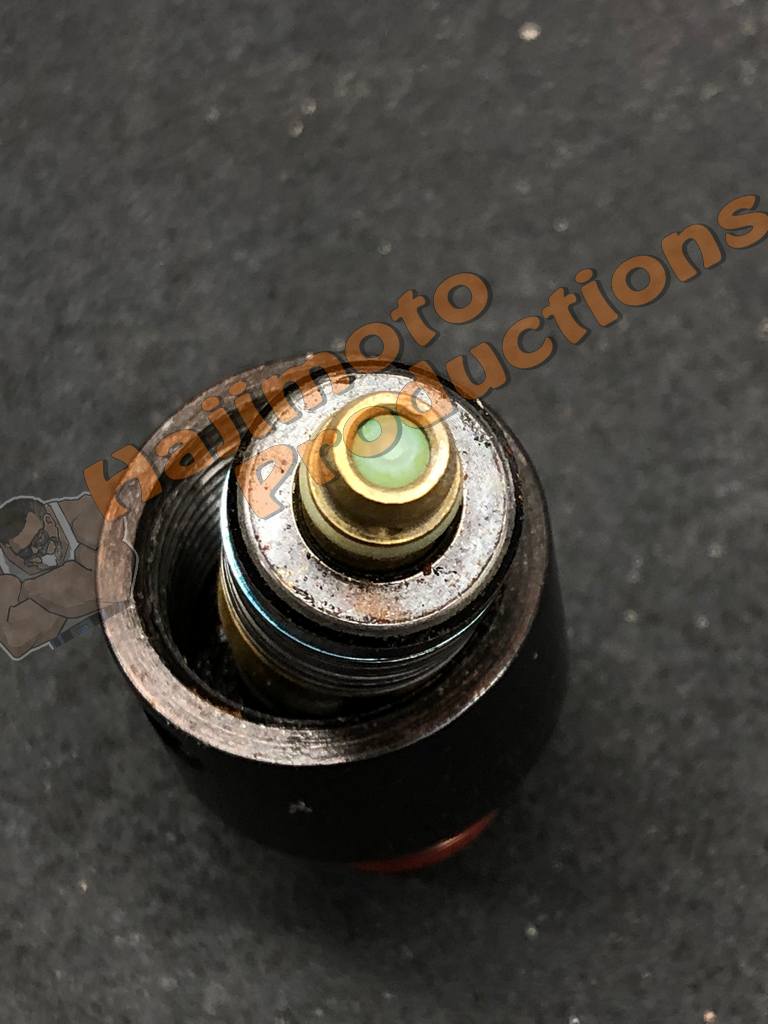
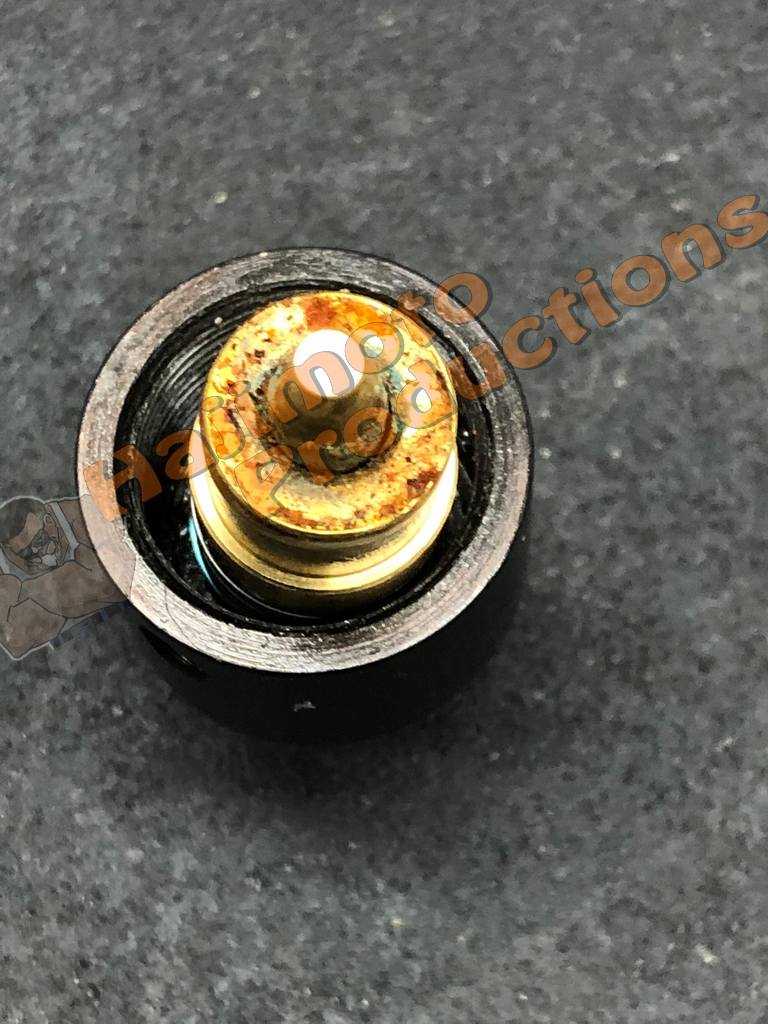
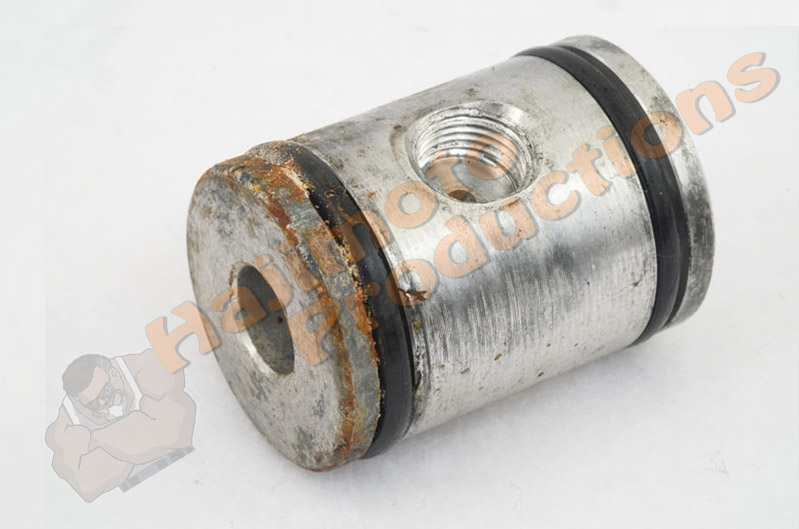
Over the years the paintball world has shown many cases of HPA tanks sitting for a long time that had corrosive water in the tank resulting in aluminum etching creating aluminum oxide powder puffing out the barrel with every shot. That white powder cloud is visual proof that the pressure vessel is eroding.
Therefore regular inspections of all of the internal passages of your HPA system need to be executed. Some manufacturers use chrome-plated carbon steel fittings which from the outside look fine but are rusting and corroding on the inside. When you fill your rifle with that air, you are pushing all that debris into your air tank or air rifle which as you can imagine jacks stuff up.
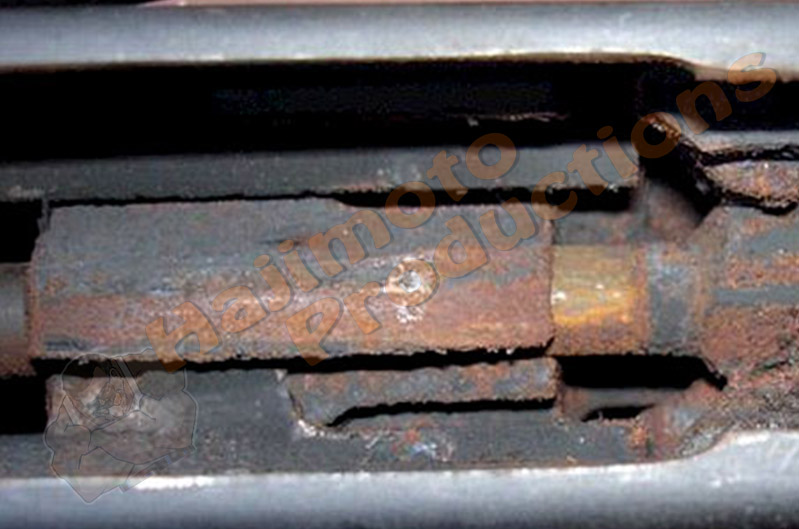
So, if you spare the cash on an HPA compressor but invest in a good quality water/oil separator combined with a regular inspection regimen, you will be fine. If you purchase a very good quality compressor with stainless steel fittings and quality air cooling/separation components, you will enjoy the sport more. Remember the golden rule as it relates to time and money, whatever you save on one, requires a greater investment by the other.

